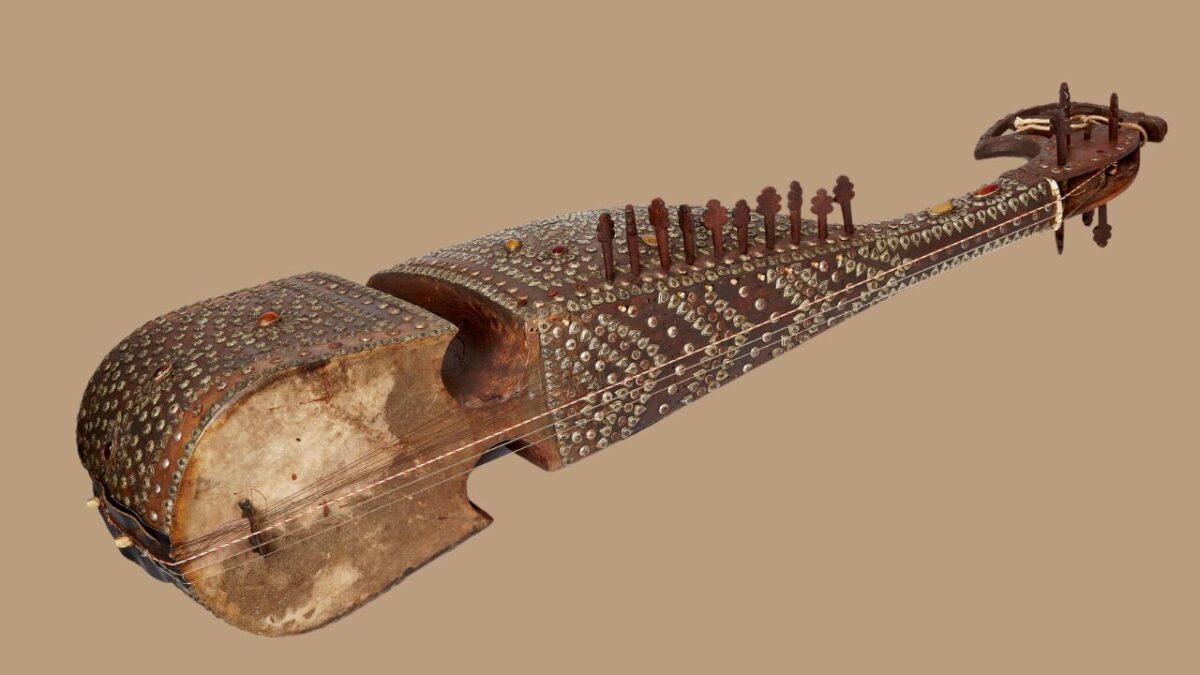The UN Educational, Scientific, and Cultural Organization (UNESCO) has inscribed the art of crafting and playing the rubab as an Intangible Cultural Heritage, recognizing Afghanistan and its neighbors Iran, Tajikistan, and Uzbekistan.
Rubab is one of the oldest musical instruments in Central, South, and Southwest Asia.
Crafted from dried mulberry wood collected in deserts, rubab holds a cherished place in the region’s cultural heritage.
Known for its deep, resonant tones, the rubab is played during celebrations, weddings, funerals, social gatherings, and ritual healings. It also serves as a prominent instrument in orchestral and contemporary music, including multinational ensembles.
A symbol of cultural unity
UNESCO praised the rubab’s role in fostering cultural and social cohesion, particularly among migrant communities. “The rubab has been a bridge for cultural exchanges and solidarity, linking traditions across borders,” the organization stated.
The inscription is a joint recognition of Afghanistan, Iran, Tajikistan, and Uzbekistan, where the instrument has been integral to preserving and promoting shared cultural heritage.
UNESCO congratulated Afghanistan and other countries on their successful nomination, underscoring the rubab’s significance as a symbol of unity and cultural pride for the region.





